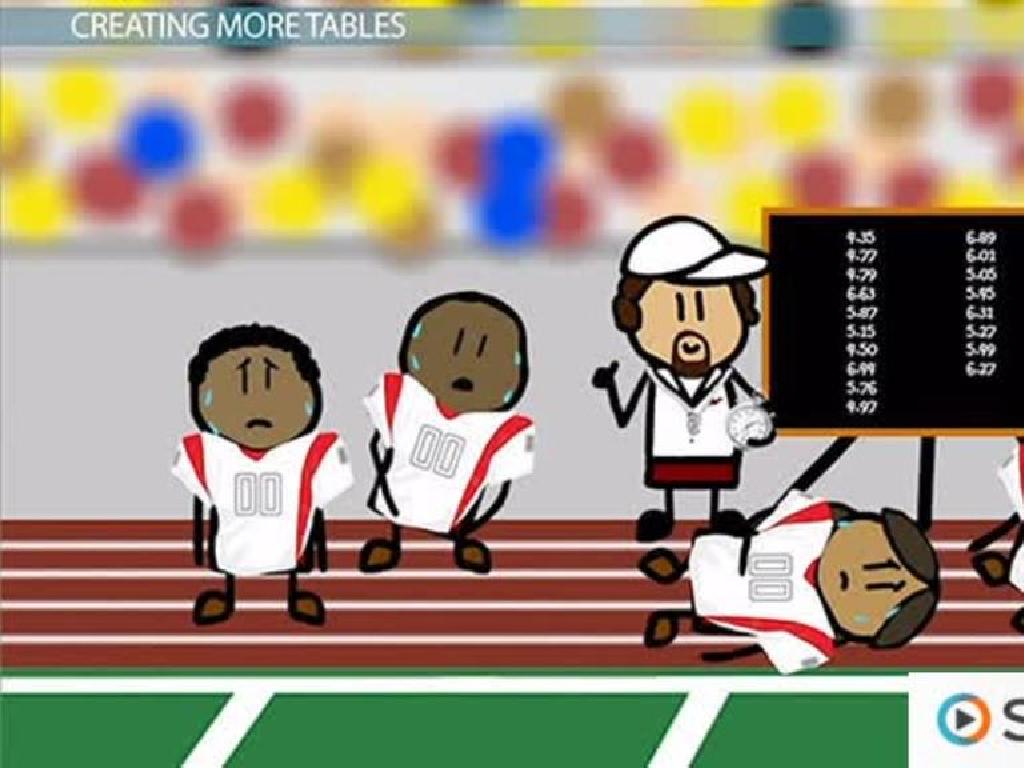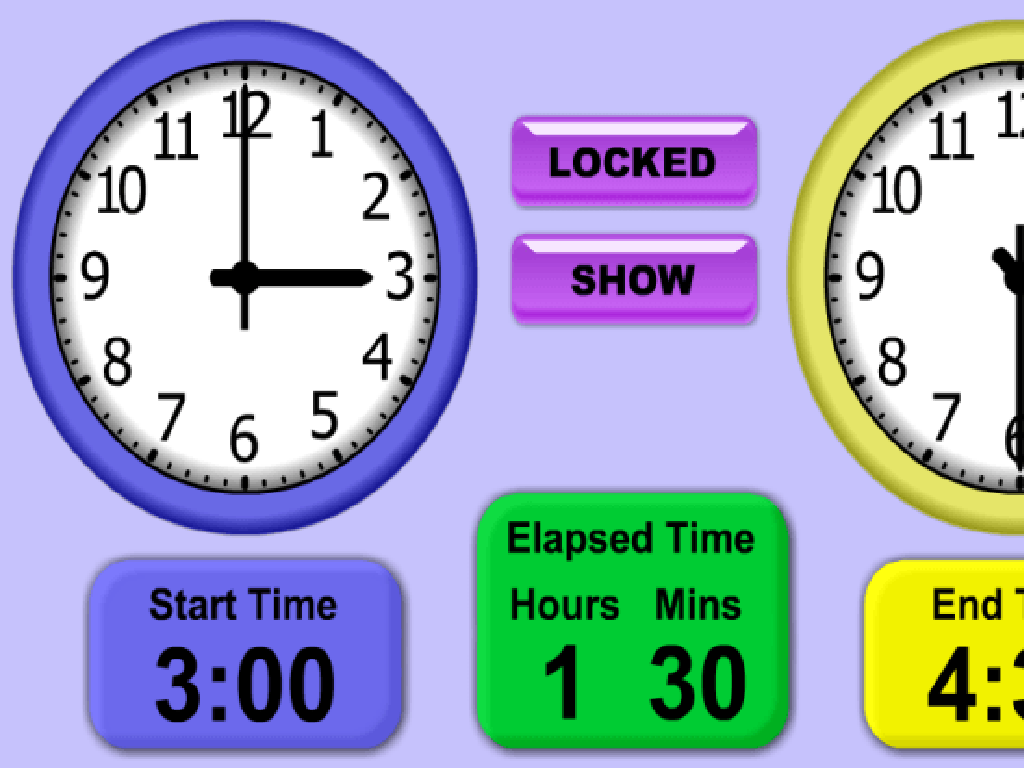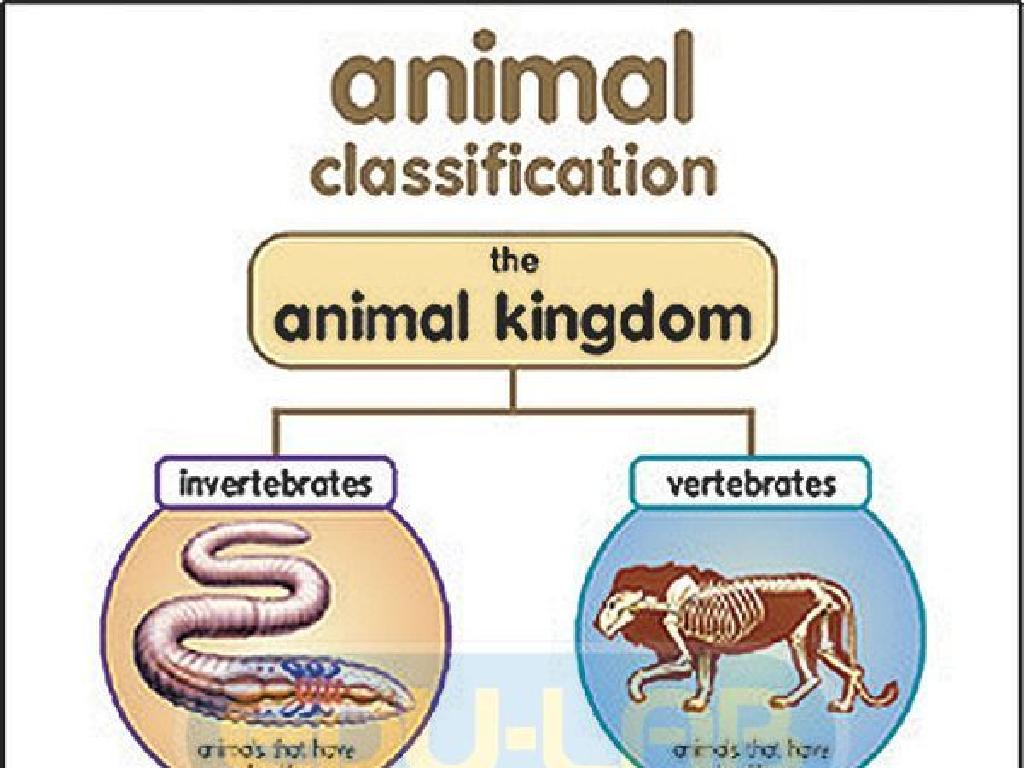Shades Of Meaning With Pictures
Subject: Language arts
Grade: Fourth grade
Topic: Shades Of Meaning
Please LOG IN to download the presentation. Access is available to registered users only.
View More Content
Exploring Shades of Meaning
– Words with similar meanings
– Synonyms are words that are similar, but have small differences.
– The importance of word choice
– Choosing the right word can change the meaning of a sentence.
– Today’s goal: Distinguish similar words
– We’ll learn to identify subtle differences between words.
– Activity: Match words with pictures
– We’ll use pictures to connect words with their meanings.
|
This slide introduces the concept of shades of meaning, emphasizing the importance of word choice in communication. Students will understand that synonyms are not always interchangeable and that their nuances can affect the meaning of a sentence. The goal is to help students recognize these subtle differences and enhance their vocabulary. The activity involves matching words to pictures, which will visually demonstrate the slight variations in meaning. Encourage students to discuss why a particular word fits a picture better than another similar word. This interactive approach will help solidify their understanding of the concept.
Exploring Shades of Meaning
– Understanding shades of meaning
– It’s like different flavors of ice cream!
– Words with similar meanings differ
– ‘Happy’ is pleased, ‘cheerful’ is bright, ‘joyful’ is full of joy
– ‘Happy’ vs. ‘cheerful’ vs. ‘joyful’
– ‘Happy’ is content, ‘cheerful’ is more expressive, ‘joyful’ is elated
– Comparing shades of meaning to colors
– Just like light and dark blue, words have variations
|
This slide introduces the concept of shades of meaning, emphasizing that while some words may seem similar, they have subtle differences that can change the meaning of a sentence. Use the analogy of colors to help students visualize the concept; just as there are many shades of blue, there are many shades of feeling good. Encourage students to think of other examples of words with shades of meaning and to consider how choosing a specific word can affect the imagery and emotion in their writing. This will help them understand the importance of word choice in expressing themselves clearly and vividly.
Visualizing Shades of Meaning
– Understanding ‘feeling thermometer’
– Words have different ‘temperatures’ based on their strength
– Place ‘happy’, ‘content’, ‘thrilled’
– ‘Happy’ might be warm, ‘thrilled’ even warmer
– Discuss word placement with a partner
– Decide the order on the thermometer together
– Explain your reasoning
– Share why you think one word is stronger than another
|
This slide introduces the concept of a ‘feeling thermometer’ to help students visualize the shades of meaning among words that describe emotions. The activity involves placing words like ‘happy’, ‘content’, and ‘thrilled’ on the thermometer according to their intensity. Students will work with a partner to discuss and decide the placement of each word, which encourages them to think critically about word choice and the nuances in meaning. As a teacher, facilitate the discussion by asking probing questions and provide examples if needed. Encourage students to justify their reasoning, fostering a deeper understanding of vocabulary and its use in expressing emotions.
Shades of Meaning in Pictures
– Observe pictures of facial expressions
– Match expressions with words
– For example, ‘pleased’ vs. ‘ecstatic’
– Discuss shades of happiness
– Notice how each picture varies slightly in emotion
– Understand subtle differences
|
This slide is aimed at helping students understand the concept of ‘shades of meaning’ through visual aids. By looking at pictures of different facial expressions, students will learn to associate varying degrees of emotion with specific words. They will practice matching expressions to words that describe different levels of happiness, such as ‘pleased’, ‘delighted’, and ‘ecstatic’. Discuss with the class how each picture shows a different level of happiness and how some words are stronger or more intense than others. This will help them grasp that words related to emotions can have subtle differences in meaning. Encourage students to express why they chose a particular word for each expression and to think of other examples of emotion words that have shades of meaning.
Practice Time: Shades of Meaning
– Match words to intensity pictures
– Find words that mean similar things and connect them to images showing varying intensities.
– Work with a partner
– Pair up with a classmate to collaborate on this activity.
– Discuss and order words
– Talk about the meaning of each word and how strong it is.
– From weakest to strongest
– Arrange the words in a sequence based on their strength.
|
This slide introduces an interactive class activity designed to help students understand the concept of ‘shades of meaning’ by matching words to pictures that represent different intensities of a concept. For example, ‘whisper,’ ‘talk,’ ‘shout,’ and ‘scream’ could be matched to pictures showing different levels of loudness. Students will work in pairs to encourage discussion and collaborative learning. The teacher should facilitate the activity by providing guidance on how to analyze the words and their associated pictures. The goal is for students to recognize that words with similar meanings can have varying degrees of intensity and to learn how to order them appropriately. Prepare a list of word sets and corresponding pictures in advance for the students to use during the activity.
Using Shades of Meaning: Word Choice
– Fill in sentence blanks appropriately
– Consider why some words fit better
– Words like ‘jog’, ‘run’, ‘sprint’ have similar meanings but differ in intensity
– Share your sentences with the class
– Reflect on the meaning of words
– Think about how changing a word can change the sentence’s feeling
|
This slide is for a class activity focused on understanding the subtle differences between words with similar meanings, known as ‘shades of meaning’. Students will practice choosing the most fitting word to complete a sentence, considering why certain words are more appropriate in context than others. Encourage them to think about the intensity or emotion that different words convey. After completing the sentences, students will share their choices with the class, fostering a discussion on word choice and its impact on communication. Provide example sentences with blanks and a list of words with similar meanings for students to choose from. This will help them understand the nuances of language and enhance their vocabulary.
Class Activity: Create a Word Spectrum
– Collaborate on a word spectrum chart
– Select words with similar meanings
– Words like ‘happy, joyful, ecstatic’ could be used
– Arrange words by intensity
– ‘Happy’ might be weakest, ‘ecstatic’ strongest
– Justify your choices to the class
– Share why you placed words in that order
|
This activity is designed to help students understand the concept of shades of meaning by visually arranging words on a spectrum based on their intensity or degree. Start by explaining what a spectrum is and how it can apply to language. Then, guide the students in choosing a set of words that have similar meanings but differ in intensity. Have them work together to place these words on a chart from weakest to strongest. Encourage them to think critically about why they are placing each word at a certain point on the spectrum. After the activity, ask students to explain their reasoning for the placement of the words. This will foster a deeper understanding of word choice in writing and speaking. Possible word sets include ‘whisper, talk, shout’ or ‘tired, weary, exhausted’.
Reflecting on Shades of Meaning
– Importance of shades of meaning
Understanding nuances in words helps express exact feelings or thoughts.
– Precise words enhance communication
Choosing the right word can change how others understand your message.
– Share your learning takeaway
Think of one new thing you’ve learned about word choice today.
– How will you use this knowledge?
Consider how this can help with writing stories or describing things.
|
This slide aims to wrap up the lesson by reflecting on the importance of understanding shades of meaning. Students should recognize that subtle differences in word choice can convey different intensities of emotion or levels of detail, which is crucial for effective communication. Encourage them to think about how using precise words can make their stories, essays, and conversations more engaging and clear. Ask each student to share one insight they’ve gained from the lesson, fostering a collaborative learning environment. Finally, prompt them to consider how they can apply this knowledge in their daily lives, particularly in their writing assignments.
Homework Challenge: Exploring Shades of Meaning
– Find sets of words with similar meanings
– Look for words like ‘happy, joyful, ecstatic’
– Write a story using these words
– Use the words to show different intensities
– Share your story in the next class
– Practice storytelling with new vocabulary
– Have fun with language!
|
This homework task encourages students to explore the concept of shades of meaning by finding words that have similar meanings but differ in intensity. They should look for at least three sets of such words at home, perhaps with the help of their family or by looking in books or magazines. Once they have their sets of words, they are to write a short story incorporating these words, demonstrating their understanding of the subtle differences in meaning. In the next class, students will have the opportunity to share their stories, which will help reinforce their learning and allow them to learn from each other’s examples. This activity will enhance their vocabulary and narrative skills.






